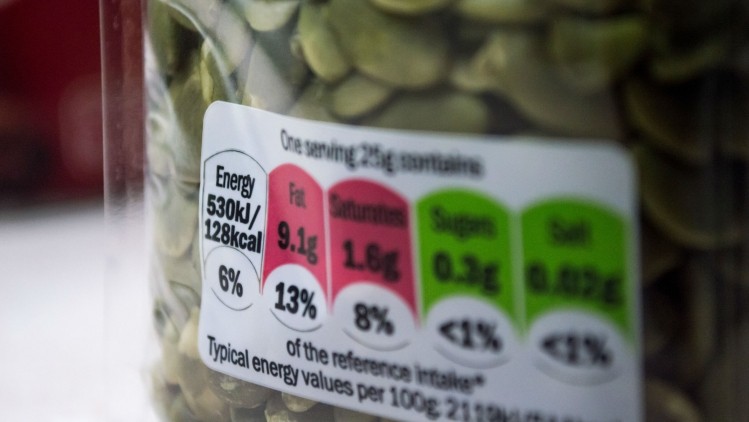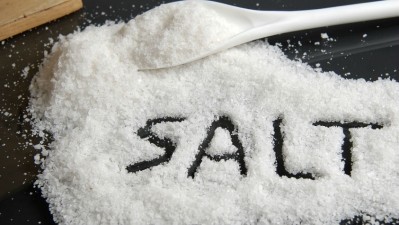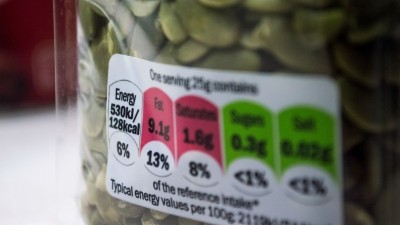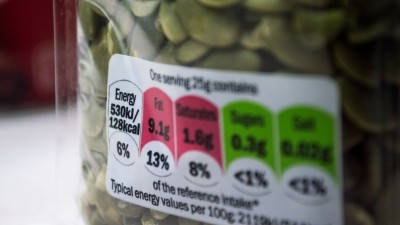Traffic light labelling measure set for packaged foods in India under new FSSAI regulations

The FSSAI said these would form the Food Safety and Standards (Labelling and Display) Regulations, 2018.
The draft regulation states that packaged food manufacturers and firms are required to declare nutritional information such as calories (energy), total fat, trans-fat, total sugar and salt per serve, as well as per serve percentage contribution to the recommended dietary allowance (RDA).
The new label will be front-of-pack.
Other requirements in the comprehensive set of guidelines include a symbol on the label indicating whether it is vegetarian or non-vegetarian food (a green triangle or brown circle, respectively).
Red list
Most significantly, it would be mandatory for food products with high fat, sugar or salt content to display a red-coloured mark on the front-of-pack label.
“The blocks of nutrients for “High Fat, Sugar and Salt” (HFSS) food shall be coloured red as depicted below, in the case where the value of energy (kcal) from total sugar is more than 10 per cent of the total energy (kcal) provided by the 100 g/100 ml of the product; the value of energy (kcal) from trans-fat is more than 1 per cent of the total energy (kcal) provided by the 100 g/100 ml of the product; and total fat or sodium content provided by the 100 g/100 ml of the product is more than the threshold values,” the draft regulation stated.
It added: “Food Authority may introduce colour coding system in addition to marking of foods as ‘Red’ within the specified thresholds from time to time.”
Furthermore, it stated that it would be prohibited for HFSS food products to be advertised, in any form, to children.
Mandatory GM labelling
In a first, the draft regulation also stated a need to declare genetically modified ingredients on the labels.
“All food products having total Genetically Engineered (GE) ingredients of 5 per cent or more shall be labelled,” it said.
“The total GE ingredients shall be of top three ingredients in terms of their percentage in the product. The labelling shall be as: ‘Contains GMO/Ingredients derived from GMO’.”
Recently, the FSSAI also proposed introducing a traffic light labelling scheme for foods sold in school canteens and vending machines, in a bid to curb consumption of sugary drinks, heavily processed foods and confectionery by children.
The draft also stated that authorities will ensure that there will be no sale of high fat, salt and sugar (HFSS) content foods such as deep-fried foods, sugar-sweetened beverages, processed foods and confectionery in or within 50m of the school premises.
In Western Australia, a similar traffic light labelling policy for food and drinks provided in some schools has had a positive impact on children’s health.
The FSSAI posted a notice on its website seeking views, comments and suggestions from industry stakeholders on the draft notification that would be the Food Safety and Standards (Labelling and Display) Regulations, 2018.
It said that “the objections or suggestions, if any” may be posted within 60 days from the uploading of the notice or up to 30 days from the draft notification of the standards, whichever is later.



















